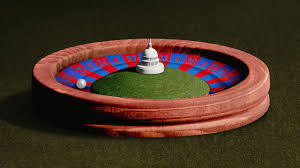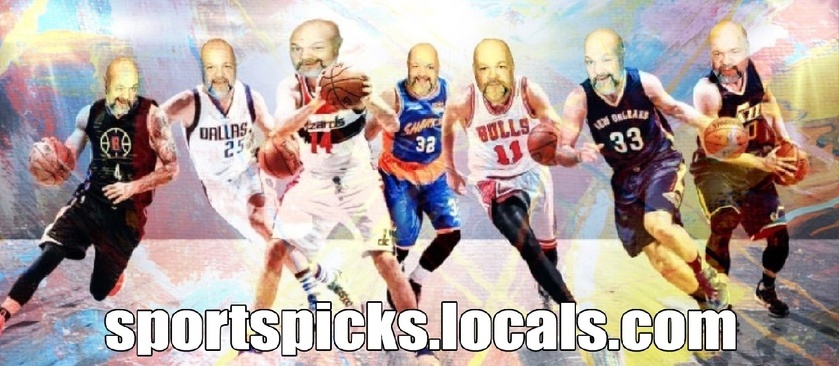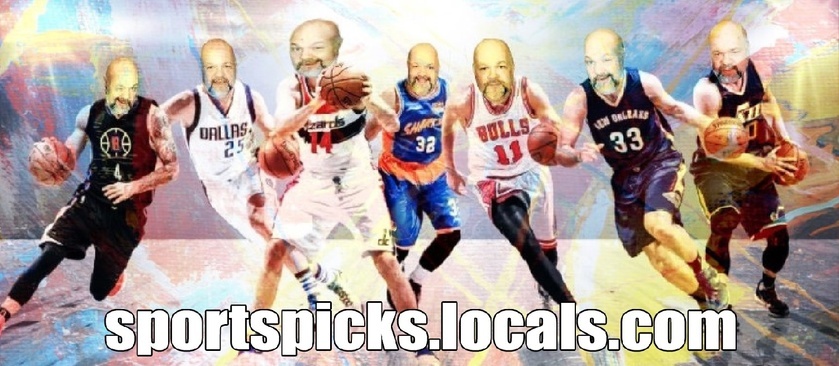Around around she goes; we she ends, nobody knows. Only truly beatable infinity, unless you believe in luck So The Good Thief lead character explains as he sees the ball chase around the roulette wheel. But it wasn't luck that lost me last night; it was failing to follow my own methodologies for the best decision making in the world of prediction markets.
Many of my assumptions held (Mamdani bets cashed to a profit, the Democratic sweep happened, and Morris County flipped to Sherrill, while closest race was the Virginia Attorney General), but a big one didn't -- that 2025 would not bring a record-setting Democratic wave. The wave crested like a tsunami, felt coast to coast, from the northeast to the southwest, from the midatlantic to the mountains, from the industrial midwest to the southern countryside, effecting small town mayoral races in Pennsylvania to Public Service Commission statewide gigs in Georgia, from legislative districts with 36 year incumbents in ruby red Virginia heartland to the most revolutionary Mayor ever elected in New York City since Henry George's failed effort signaled the rise of Populism a century+ ago. Candidate quality did not matter. Candidate spending did not matter. Incumbency did not matter. Job approval did not matter. Scandals did not matter enough or did not matter at all. Get out the vote efforts did not matter. This was an angry electorate seeking vengance, and finding its expression wherever they could.
That was my first mistake, and it was a mistake, rather than bad luck. I assessed the wave risk at 10%, when it was manifestly much higher. All I needed to do was listen to....myself. I went back and watched my last episode w/ Baris and an episode a few months ago with the Duran, the latter where I previewed a collapse in GOP support if Trump didn't escape the foreign focus & wars, delivering only to the donor class. I spoke often of the new MAGA that began to build in 2023 -- young, working class, often minority, deeply unhappy with the political direction of an elder class they are rebelling against, as easily tempted by left populism as right populism, and as easily susceptible to political apathy and agnosticism as engagement & activism. The shutdown was actually a negative tipping factor for these voters, as the SNAP issue played poorly with them, while enraging part of the Democratic base otherwise unenthused up to that point. I made two errors in methodology & one error in psychology I detail below.
The second error was bankroll percentage. It was a single race in a single state; as such, keeping it closer to 5% made more sense than expending it to 34%, especially if more cognizant of the risk. It also shifted my stronger risk appetite onto others, and that was en error I usually well avoid. If I had listed every major election pick this year at 5%, we'd be in the black; even last night, splitting 5% bets amidst the 3 elections, would have only been a modest loss, given certain underdog bets hit with Mamdani. As I often say, but forgot here to practice -- bankroll discipline is the most important aspect of successful trading in the markets, sports or politics.
The psychological error was getting attached to a pick, and not relooking at it from scratch anytime new information arives. A natural tendency is to stay committed to something merely because of prior committment rather than look at it completely anew, and being afraid of taking a loss when once vested in so much hope of a win.
Areas to improve:
- using the methodological approach of motivated reasoning -- you cannot make reason the master of motivation, but you can use motivation to master reasoning. The Elephant in the Brain. I needed to put myself in a position to take the opposite side of each pick, make the best argument possible for it, and then test it against the other side. In this respect, one way to best maximize this is to include substack-style articles on this site laying out the argument, and letting the community respond -- as several sagely warned in this case, which can dramatically improve the quality of reasoning;
- tracking all data available -- for example, whether an off-year election could be a wave election that might have polls actually overstate the White House incumbent party that even the GOP the polls tend to be biased against & digger deep dives into possible explanation for a poll's results (for examply, Miyares surge was partly fog, by Democratic voters choosing undecided rather than voting against b/c they didn't want to admit they secretly supported the murderous texts of their Attorney General candidate;
- waiting until election eve and election day, especially in the US elections, as the volatility proffers the best opportunities, and the best information is then availabile if timely processed;
- finding a way to better track live-time data on election night by reemploying an older technique from my political campaign days -- prior to the election, predicting the expected % for each county (and key precincts when available) in terms of expected vote share & vote distribution, which can most accurately forecast where an election will go, to get ahead of the markets (the big models out there completely crashed last night, including the $250K new-and-improved Decision Desk model;
- avoiding all bubbles & returning to getting into the head of a wide range of voting groups, something I long excelled in, but have to dedicate myself to these days due to inhabiting a political world more these days that can make me too responsive to criticism -- "hey Barnes, you're a panican; hey Barnes, your Barnes/Baris voter is mythical; you don't get it, Jack is a lock in New Jersey". I need to step into the minds of these independent voters, and keep listening to the independent podcasters who were a useful signal in 2024 and 2025 -- see how Andrew Stein, Tim Dhillon, Joe Rogan, Dave Smith, Theo Von -- all left Trump train in the summer of 2025;
- staying within the 5% max recommendation on a single election in a single state unless extraordinary reason supported by extraordinary evidence recommends otherwise, and including the assumptions in those extraordinary picks such that the pick can be sold off quick if those assumptions show other signs in the data
Truth is, losses teach you more than wins. Despite as much as I try to track the underlying assumptions of winning picks, the stay-up-top-3-am reearching and obsessing motivation comes from tough losses. In addition, I learn the values of patience, forbearance, discipline, emotional equilibrium, self-belief, as well as better improving a sound methodological approach through "putting my money where mouth is" and sharing it with the world for public accountability and transparency improving decision-making skill over time, maintaining humility when the trap of hubris would otherwise ensnare.
After three decades of successful US elections, my setback in 2022 dramatically improved my analysis for 2024, proving fantastically profitable. Thanks to everyone for participating, hope you continue to partake in the community, and if I were a betting man, and I am, I would wager we will be profitable again, in matters of pocketbook, principle and politics very soon.

















